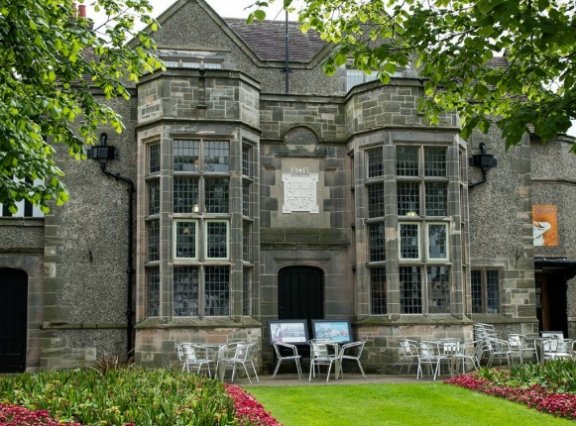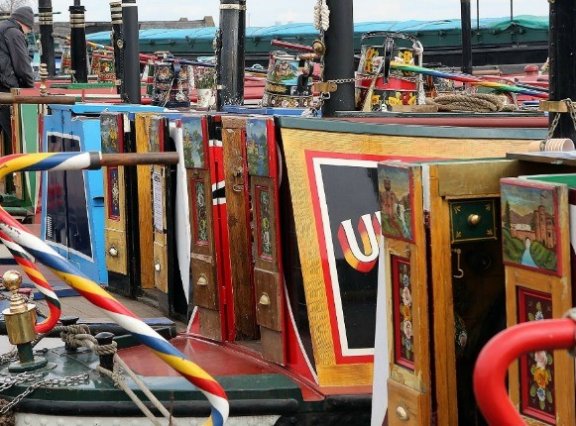The museum is part of Port Sunlight Village Trust, a private landlord and independent charity responsible for the preservation and promotion of the village. The village itself was built by industrialist William Lever to house workers at the 19th-century Lever Brothers soap factory, the foundation of the Unilever empire. At the time of the research, the Trust was in the middle of an internal review and staffing restructure, part of a planned shift to become a more commercially focussed organisation. It was also looking to form the disparate elements of the Port Sunlight story into a more cohesive picture for visitors. In fact, the research revealed that the museum wasn’t necessarily losing traction in that valuable groups market but that there was an opportunity to expand further into that market and cement the site’s position by rethinking its offer to create something much more significant.
“We reflected that perhaps our museum in its current form wasn’t enough in itself to attract more groups,” says Kath Lynch, Director of Heritage. “A lot of the elements of the Port Sunlight story are not managed by us but what we wanted to try to present was something broader and to create access to these places that people can’t ordinarily go. We wanted to make our offer seem much bigger and help us realise our ambition of being a proper visitor destination, rather than a series of attractions.”
The other elements of a new offer will all be grounded in an aspect of Port Sunlight’s heritage. They include venues such as Thornton Manor, family seat of Port Sunlight founder William Lever, and now a wedding and event space; Unilever itself, where the public can access the original offices; the existing garden centre in Port Sunlight village, housed in the village’s original nurseries; and the Port Sunlight River Park, formerly the site of the largest dock in the world, right on the Mersey.
Further afield, Kath believes planned industrial worker villages like Saltaire and Bournville, as well as Bolton, Lever’s home city, could also be part of the mix.
The grant is enabling Port Sunlight to build on existing connections with these and other organisations, such as hotels and restaurants, to develop packages to appeal to different audiences including general groups, special interest parties, and younger people.
Kath says: “We are thinking broadly about what Port Sunlight means, which sites or services are especially relevant, then talking to the people concerned. So we’ve had a conversation with the Blue Badge Guides, for example, about what approach would help them. And it’s not just about creating access to venues, it’s about what sort of entertainment you lay on while they are there.”
The project is in its early stages, but the key output is the development of a business model which would recognise the needs of all the partners, such as understanding their access issues and what they can offer with Port Sunlight selling those offers as a package.
Kath says: “The idea is that we would develop a commission-based model which would enable us to process bookings, do the marketing required, that sort of thing.
“We have long wanted to work with Thornton Manor, for example, but had struggled to identify a suitable project. They are obviously very commercial and we are not but have wanted to be, so this project has created that platform for us to explore working together and besides this project, there may be smaller ways in which we could join forces.”
For other venues, which lack the resources to promote themselves, Kath thinks people will recognise the business advantages of a collaboration with Port Sunlight.
“Probably it will be the commercial benefit that will appeal to everyone. We could take care of the marketing for group visits for them, for example. The idea is that by collaborating we create something that is much greater than the sum of its parts. But what I want to do is create packages which are right for our customers.”



